Traveling around Asia, one brings back unforgettable images of places, colors, people and scents.
Among these are “magic places” that call from the past to tell us amazing stories.
Enlarge
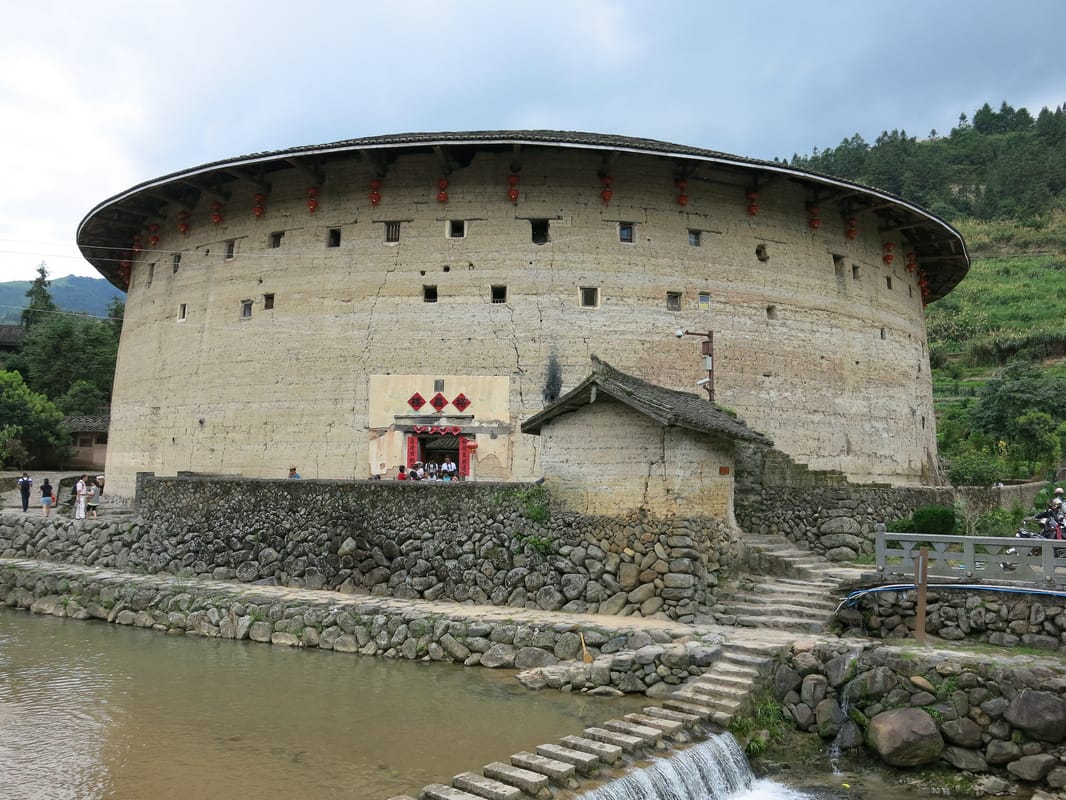
Credit: Unesco -CCTV
In the middle of a coastal province of China, one can find strange round buildings where people still live as they did thousands years ago: the Tolou.
Enlarge
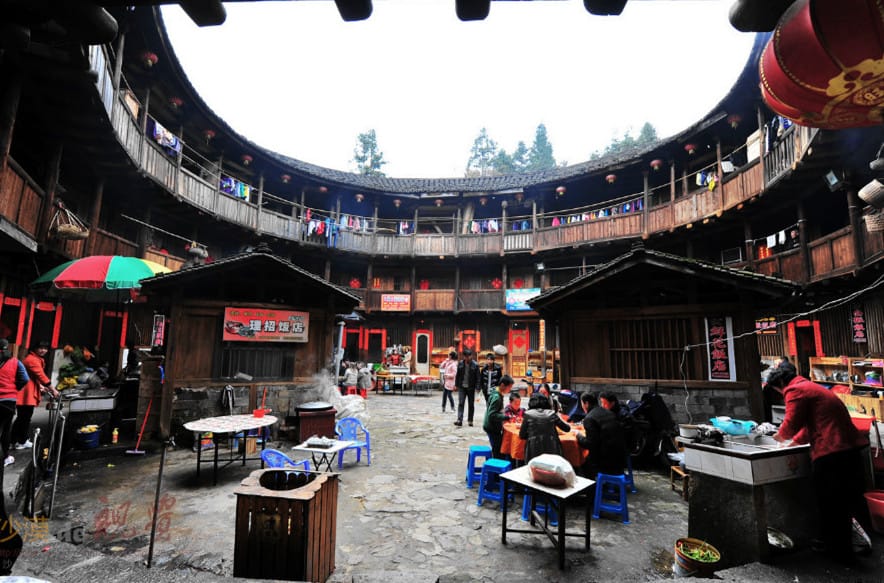
Credit: Unesco
Fujian's Tulou ('Earth Buildings' 土楼 Tǔlóu /too-loh/) are unique, usually round, fort-like buildings, built with a mixture of clay and sandy soil.
The people who live there belong to the Hakka minority. They speak a strange dialect of Chinese, native to the area, that was used as a secret language during the Japanese wars.
During the Cold War, the round shape of the Tulou generated dangerous misunderstandings due to the satellites mistaking them for China’s nuclear missile silos.
Enlarge
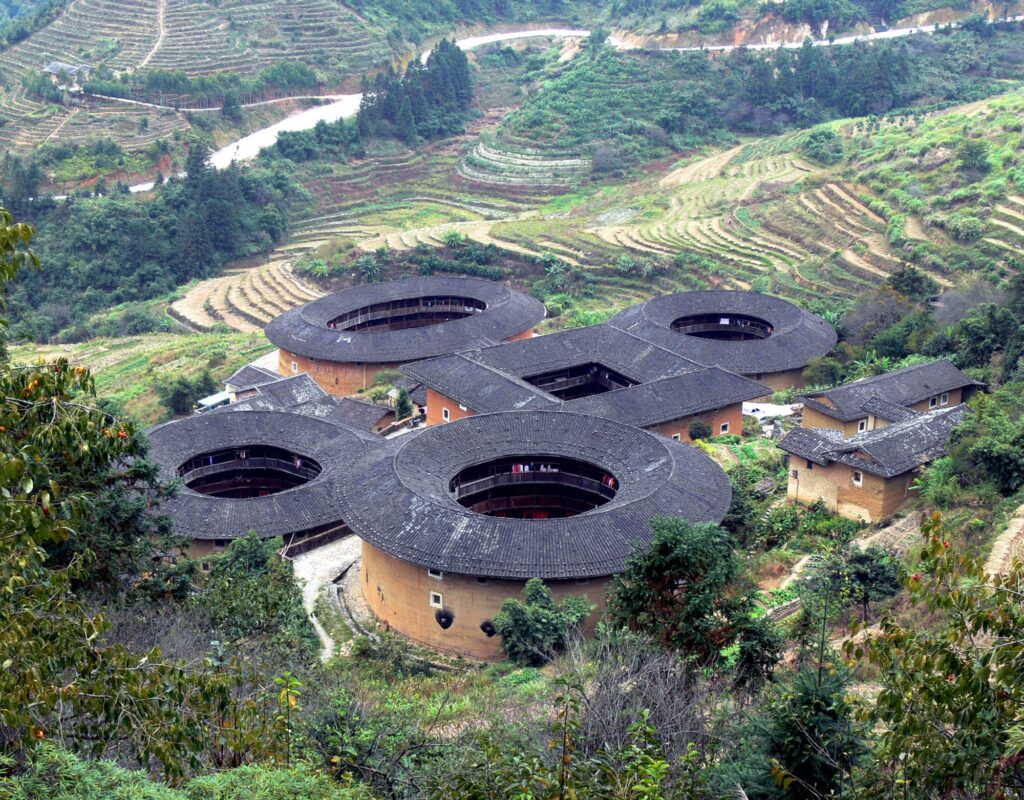
Credit: Unesco
Enlarge



Credit: Unesco
The Walled Villages were built by the Song Dynasty between 960 and 1279 b.c. when the Hakka people moved from Northern China to the mountains in the Southeast. The villages looked similar to fort-like-housing from the Ming Dynasty to pre-1949 Republic of China.
Enlarge
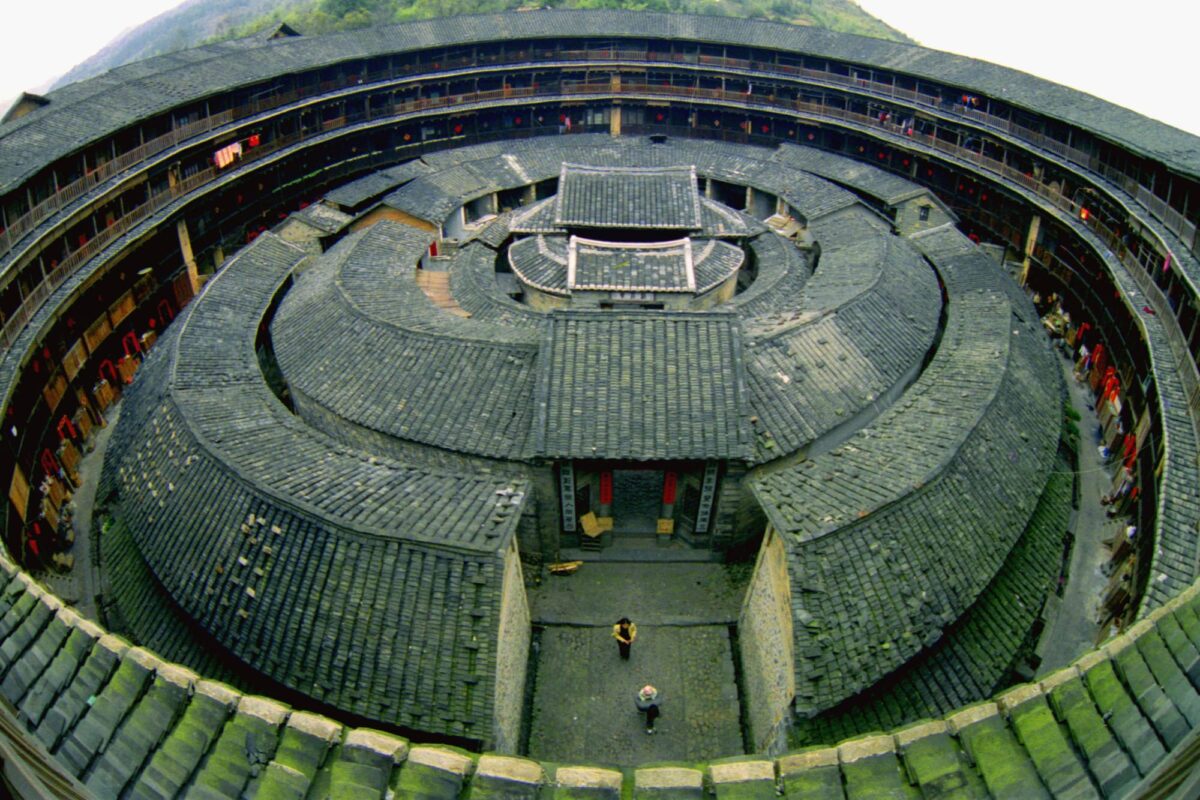

Credit: Unesco
Fujian Province is a piece of land on the Southeast side of China in front of the island of Taiwan. The Hakka built the Tulou in Nanjing County, Yonding County and Hua County. The architecture of the Tulou is unique.
The Tulou are mainly made from clay, sandy soil and grey tiles , with bamboo strips playing the role of rebar in the modern construction. Tulou were built with local raw soil without reinforced concrete and steel.
Foundation walls are ten meters wide to resist earthquakes, fire or other disasters. Most of the buildings are round, though some are squares. They are between ten and twenty meters tall and have a diameter variable between thirty and eighty meters.
Round buildings are more monumental. In Chenqqi, there is the most famous Tulou. It is four floors high and hosts 400 rooms.
Enlarge
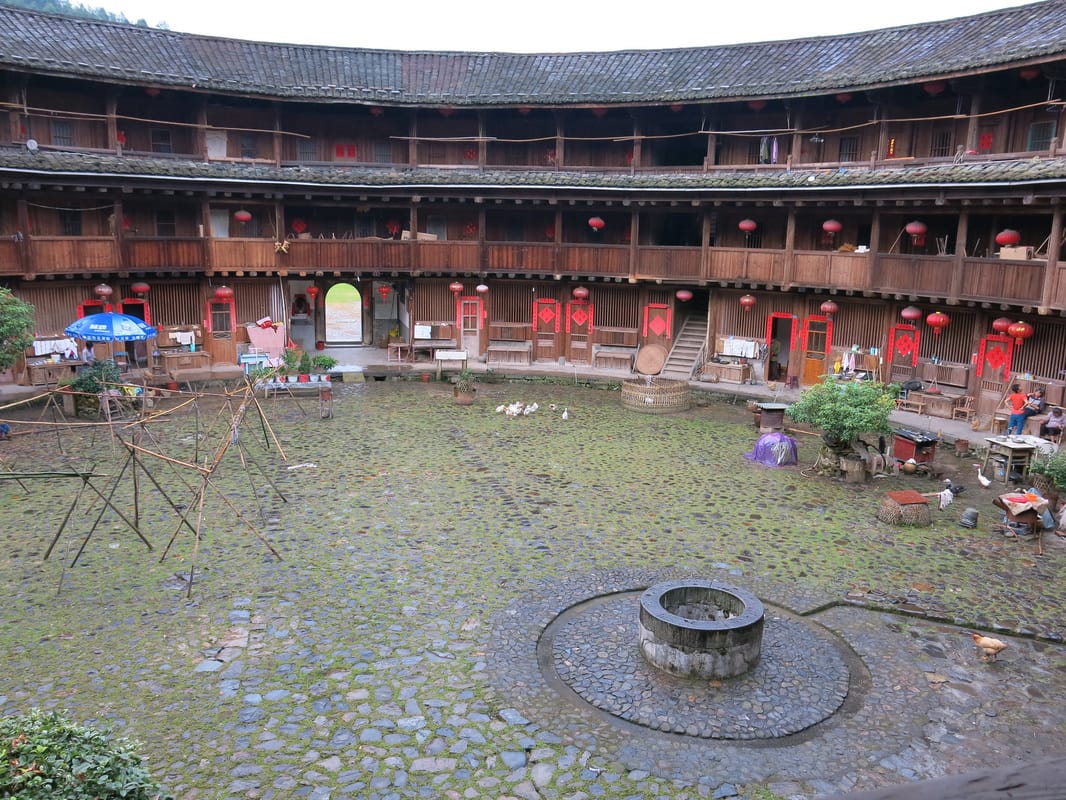

Credit: Unesco
The Tulou have double main functions: common living and defense. Every building hosts the extended family of a single Hakka clan. Every room is the same size as a symbol of family unity. The common areas are usually a way to share the day's work and family’s events.
Enlarge
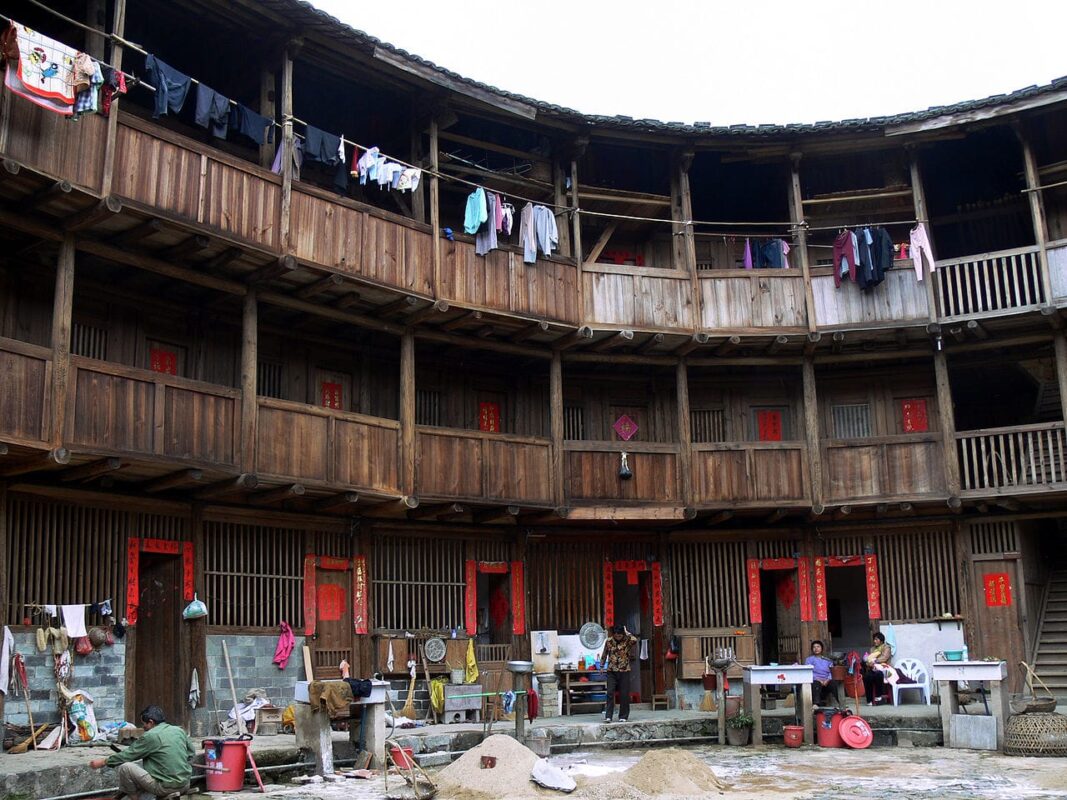

Credit: Unesco
The first floor is dedicated to the kitchen, the second floor is for grain storage, and the third and fourth floors are for bedrooms.
300-400 years ago, the Tulou protected the Hakka against attacks from hungry neighbors. People inside easily defended the buildings and protected their people.
The oldest Tulou building is dated 800 years ago, but the construction of these buildigns was continued until the 1960’s. The building usually hosts 300 people.
Enlarge
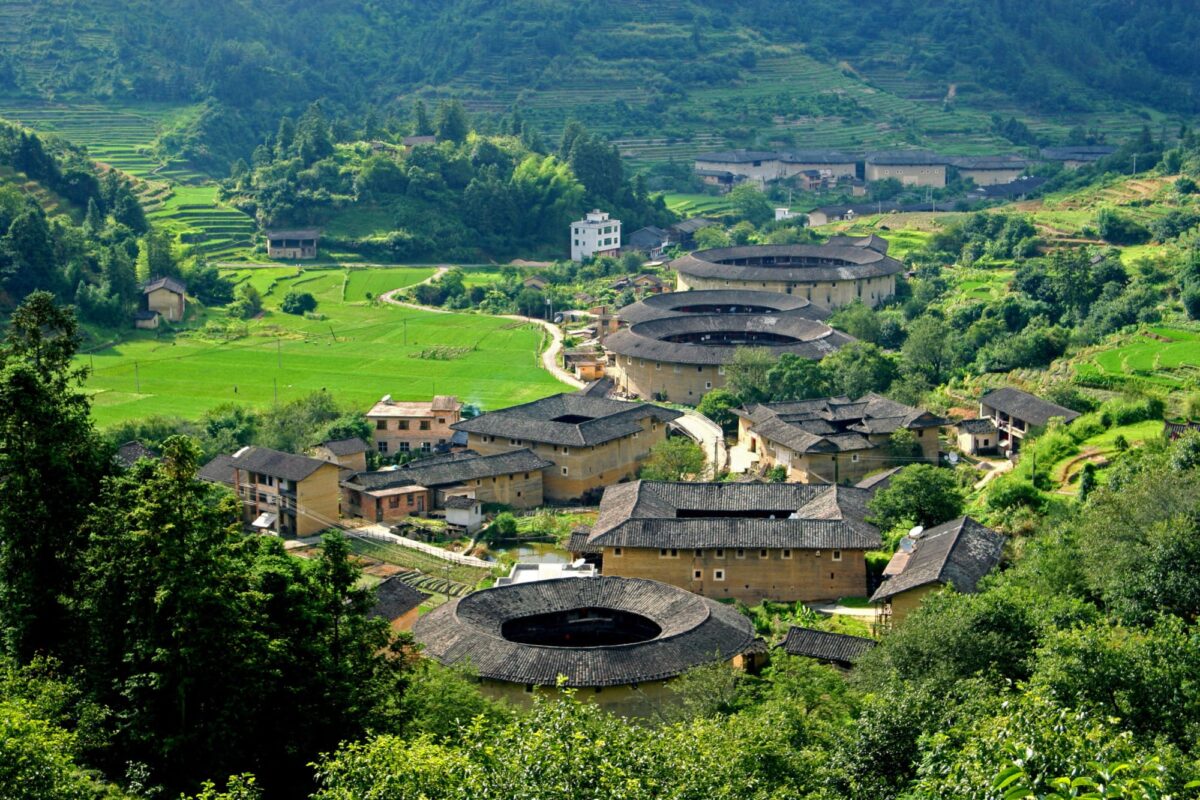

Credit: Unesco
Spending the night in a Tulou and traveling back in time to hundreds of years ago is an incredible experience. The day seems to have a different timing. Breakfast is the traditional soup and fresh goat milk. Nighttime sounds are natural and belong to the environment. People talk about family life, young children go to school and parents and relatives attend to agriculture and farming.
Enlarge
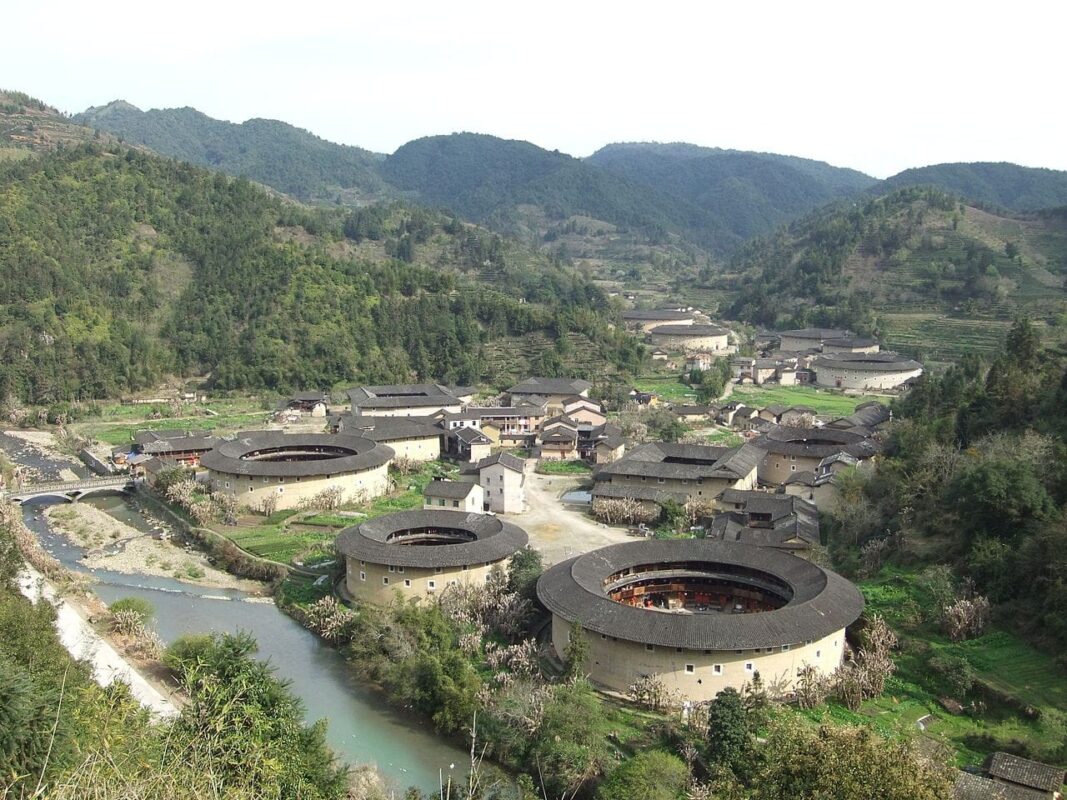

Credit: Unesco
But in recent times, Hakka life has been changed and the main activity has become tourism. During national holidays, Fujian’s Tulou are visited by hundreds of thousands of people: locals and foreigners alike are caught by the magic lifestyle and Tulou’s history.
